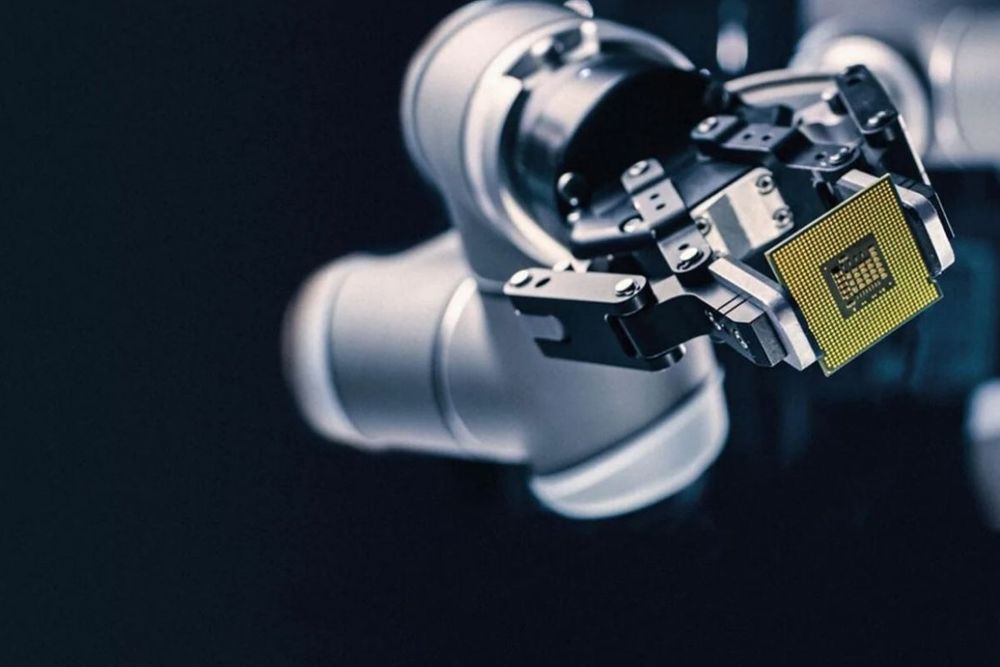Hexa-X, the new European 6G flagship research project, brings together a strong consortium of major ICT, industry and academic stakeholders to lay 6G groundwork and set the direction for future research and standardization focus areas.
A new European 6G flagship research project, Hexa-X, will begin on January 1, 2021, with a focus on developing the vision for future 6G systems and developing key technology enablers to connect human, physical and digital worlds.
The project, which comprises a consortium of European stakeholders representing the full value-chain of future connectivity solutions including network vendors, communication service providers, verticals, technology providers, and prominent European communications research institutes, represents a significant step toward laying the technical foundation for 6G wireless systems.
In its Outlook for 6G research paper, Ericsson identifies four key drivers which will emerge in what it calls “the 2030 era” and which the project will seek to address: trustworthiness of the systems, sustainability through mobile technology efficiency, accelerated automatization and digitalization, and limitless connectivity.
Part of the EU’s Horizon 2020 Program
The Hexa-X project, which is commissioned to run until June 2023, will be awardedfrom the European Commission under the European Union’s Horizon 2020 Research and Innovation Program.
Ericsson, together with Nokia, will lead the project, working Ericsson will also be represented across three European countries: Sweden, Turkey and Hungary.
As technical lead, Ericsson’s contribution is expected to be pivotal in laying the groundwork for future use cases, distributed MIMO, artificial intelligence and machine learning (AI/ML), and overall 6G vision and architecture. Ericsson will lead several tasks as well as the work packet on architectural enablers for 6G.
Magnus Frodigh, Vice President and Head of Ericsson Research says:
“We are proud to be the technical lead of the Hexa-X project, together with a strong line up of consortium partners from industry and academia. In 2030, society will have been shaped by 5G for ten years. While we continue to evolve 5G, now is also the right time to start collaborative 6G research activities. The Hexa-X project will be an important vehicle for joint exploration across European industry and academia, together shaping how exponential technology evolution will meet anticipated demands and opportunities for the 6G era. The road to 6G begins today.”
Six challenges to be addressed in Hexa-X
Digital infrastructures form a critical basis for the continued innovation and evolution of our societies, industries and economies. This will continue to increase with 5G evolution and beyond, spurred by increasing expectations in society, accelerated by advancements in enabling technology, and leading towards new services and eco-systems that will improve our lives.
The Hexa-X project will lay the groundwork to bridge these physical, digital and human worlds closer together, firmly anchored in future wireless technology and architectural research.
- Connecting intelligence: AI/ML technologies need to be a vital and trusted tool for significantly improved efficiency and service experience, serving humans.
- Network of networks: multiple types of resources need to be aggregated to create a digital ecosystem that grows more and more capable, intelligent, and heterogeneous, eventually creating a single network of networks.
- Sustainabilityincreased efficiency in the use of resources and supporting new ways of living.
- Global service coverage: efficient and affordable solutions for global service coverage, connecting remote places.
- Extreme experience: extreme bitrates, , seemingly infinite capacity, and precision localization and sensing.
- Trustworthiness: ensuring the confidentiality and integrity of communications and delivering data privacy, operational resilience and security.
News Source: https://www.ericsson.com/en/









